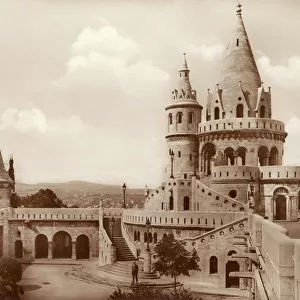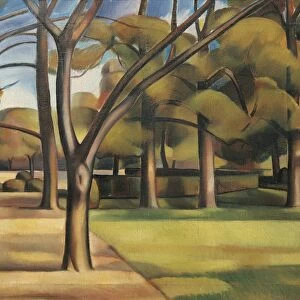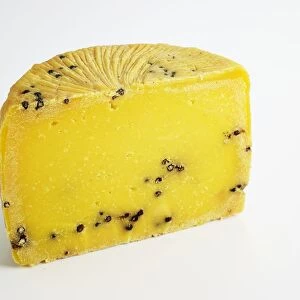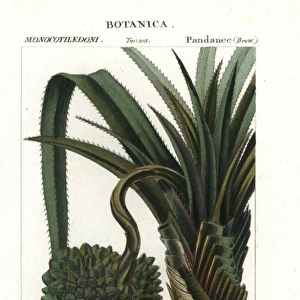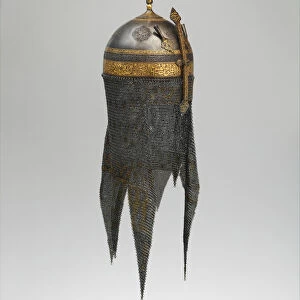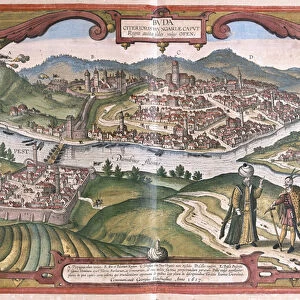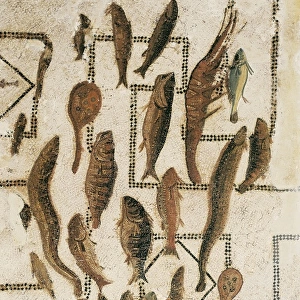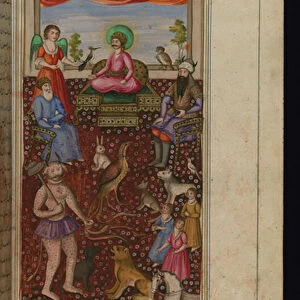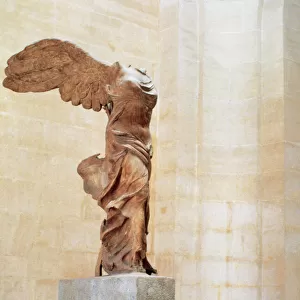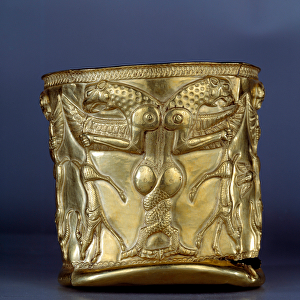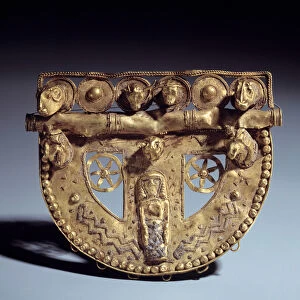Home > Europe > France > Paris > Sights > Louvre
Sharpening stone and granulation rings. From the site of Susa, Iran south west. 1150 BC
![]()

Wall Art and Photo Gifts from Fine Art Finder
Sharpening stone and granulation rings. From the site of Susa, Iran south west. 1150 BC
JLJ4667615 Sharpening stone and granulation rings. From the site of Susa, Iran south west. 1150 BC. Paris, Louvre Museum by Middle Elamite Period, (c.1500-1000 BC); Louvre, Paris, France; (add.info.: Sharpening stone and granulation rings. From the site of Susa, Iran south west. 1150 BC. Paris, Louvre Museum); Photo ePhoto Josse; Iranian, out of copyright
Media ID 22465402
© Josse / Bridgeman Images
FEATURES IN THESE COLLECTIONS
> Asia
> Iran
> Iran Heritage Sites
> Susa
> Asia
> Iran
> Related Images
> Europe
> France
> Paris
> Museums
> The Louvre
> Europe
> France
> Paris
> Sights
> Louvre
> Fine Art Finder
> Artists
> Middle Elamite Period
> Fine Art Finder
> Artists
> School Anatolian
EDITORS COMMENTS
This print showcases a fascinating glimpse into ancient civilization. The image features a sharpening stone and granulation rings, discovered at the site of Susa in southwest Iran, dating back to 1150 BC. Housed in the prestigious Louvre Museum in Paris, this artifact belongs to the Middle Elamite Period, which spanned from approximately 1500-1000 BC. The photograph beautifully captures the intricate details of these metal objects, highlighting their significance as both practical tools and exquisite works of art. The sharpening stone served as an essential tool for refining blades and edges during that time period. Meanwhile, the delicate granulation rings showcase superb craftsmanship with their intricate designs and use of gold. These artifacts provide valuable insights into Persian culture and jewelry-making techniques prevalent in ancient Iran. They reflect a rich heritage deeply rooted in creativity and aesthetics. As we gaze upon this image, we are transported back thousands of years to witness the mastery of Iranian artisans who skillfully crafted these precious adornments. Displayed against a neutral background within the Louvre Museum's collection, this photograph allows us to appreciate not only its historical significance but also its artistic beauty. It serves as a reminder that even after centuries have passed since their creation, these objects continue to captivate our imagination with their timeless allure.
MADE IN THE USA
Safe Shipping with 30 Day Money Back Guarantee
FREE PERSONALISATION*
We are proud to offer a range of customisation features including Personalised Captions, Color Filters and Picture Zoom Tools
SECURE PAYMENTS
We happily accept a wide range of payment options so you can pay for the things you need in the way that is most convenient for you
* Options may vary by product and licensing agreement. Zoomed Pictures can be adjusted in the Cart.


